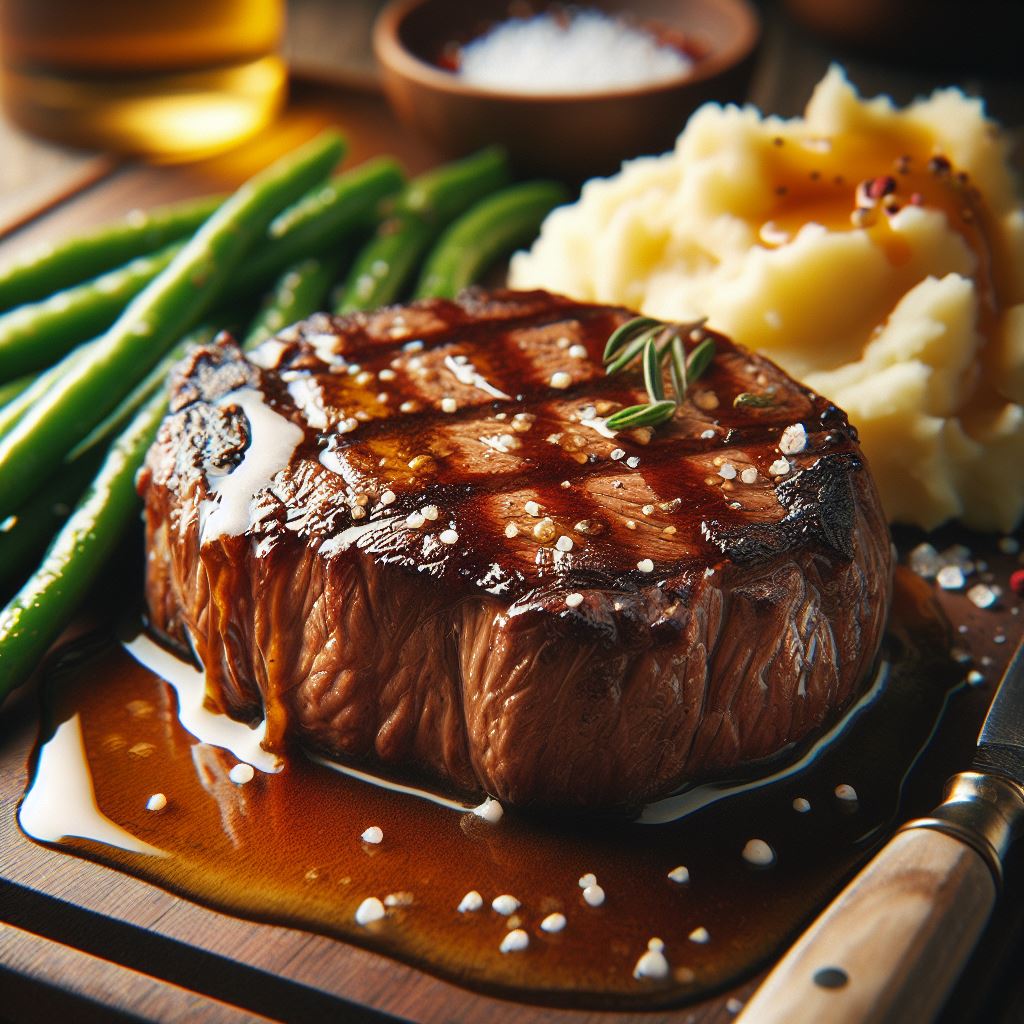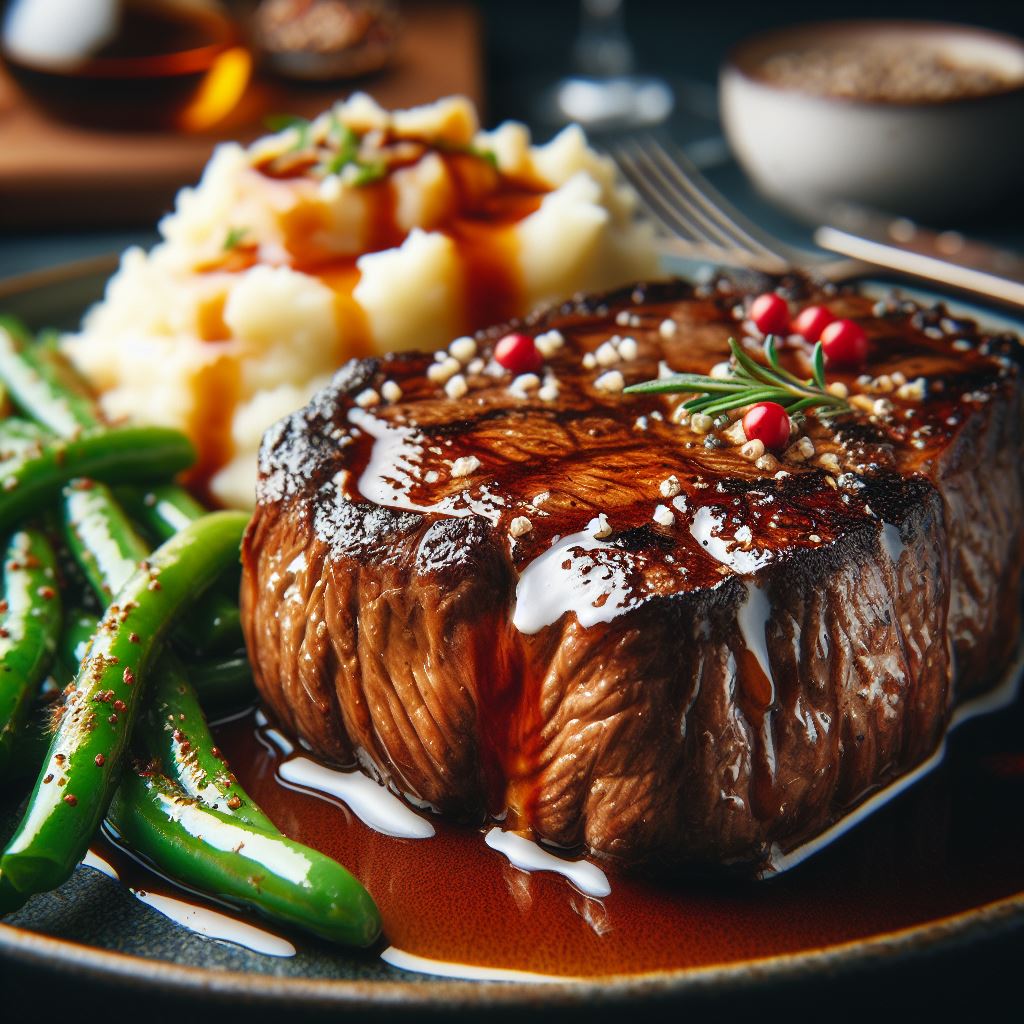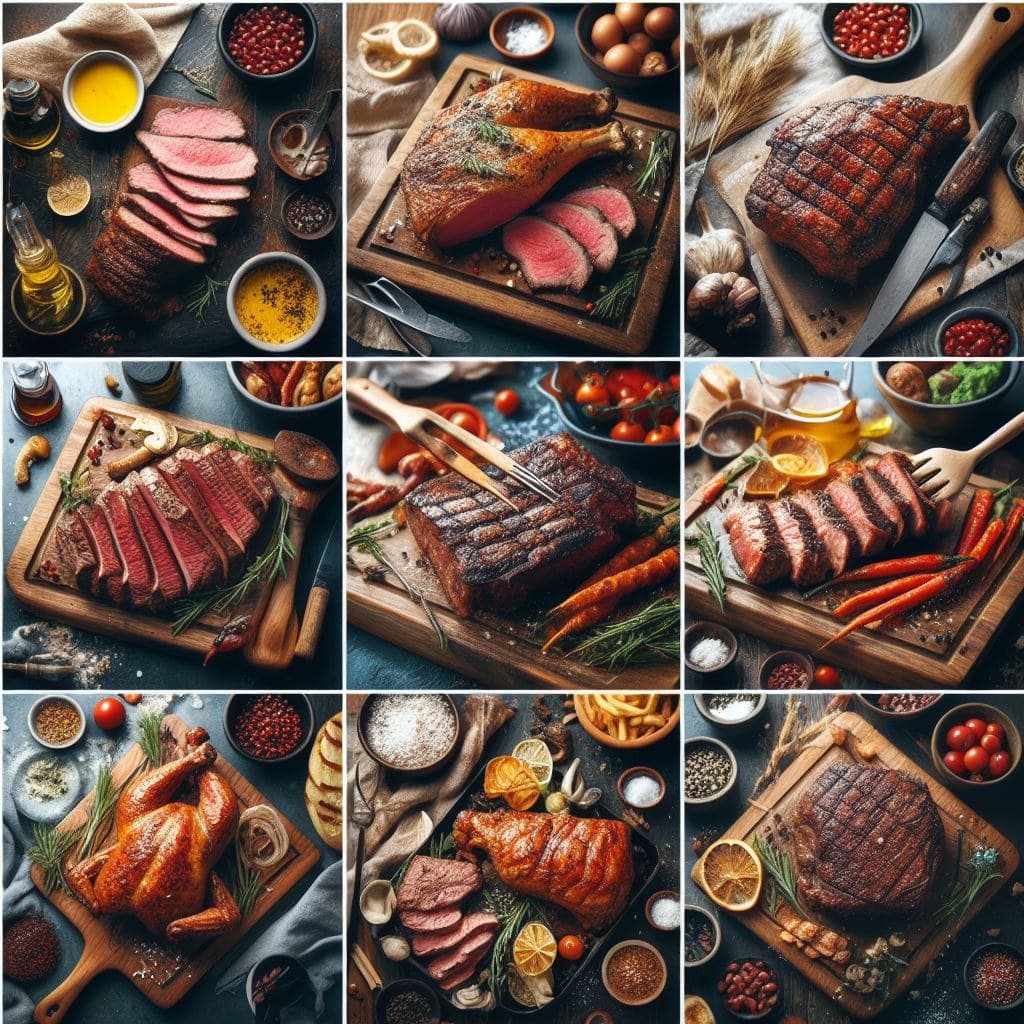Achieving deliciously tender meat involves using marinades, mastering grilling, pan-frying techniques, and slow cooking methods. These approaches break down fibers and enhance flavor, making any cut succulent.
Unlock the secret to mouthwatering meats with the right preparation methods. Tenderness and taste go hand-in-hand when you marinate your choice cuts, infusing them with bold flavors and tenderizing elements before cooking. Grilling capitalizes on high heat to sear in juiciness, while pan-frying offers a quick and efficient method for achieving a delicious outer crust and moist interior.
Slow cooking, on the other hand, is the epitome of set-it-and-forget-it convenience, allowing tough proteins to gently transform into fork-tender delights over several hours. Whether you’re a seasoned home cook or just starting out, knowing these techniques can elevate your meat dishes from good to exceptional, ensuring every bite is perfectly cooked and packed with flavor.

Understanding Meat Tenderness
Succulent steaks, juicy burgers, and melt-in-your-mouth roasts.
What’s their secret? The tenderness of meat transforms a good meal into a feast to remember.
Let’s dive into the science and practice that ensure your meat is perfectly tender.
The Science Of Muscle Fibers And Connective Tissue
Meat is made of muscle fibers bound together by connective tissue.
When raw, these fibers are tough.
However, certain techniques can break them down for a tender bite.
Two proteins in connective tissue, collagen and elastin, impact texture.
Collagen transforms into a rich gelatin when cooked slowly.
Elastin remains tough; it’s best removed.
The Effect Of Cooking Techniques On Meat Texture
Cooking methods can turn tough cuts into tender delights.
- Marinating uses acids to soften muscles.
- Grilling quickly seals in juices for tenderness.
- Pan-frying achieves a crisp exterior with a soft inside.
- Slow cooking breaks down tough tissues over time.
Key Factors Affecting Tenderness: Age, Cut, And Diet Of The Animal
| Factor | Impact on Tenderness |
|---|---|
| Age | Younger animals have softer muscles. |
| Cut | Parts with less movement are softer. Think loin. |
| Diet | Grains can lead to a more tender meat than grass. |
Preparation Techniques For Tenderizing Meat
The journey to achieving deliciously tender meat starts long before it hits the grill or pan. It begins with preparation. From marinating to mallet pounding, several techniques help break down fibers, ensuring each bite is succulent. Mastering these techniques transforms a good dish into a mouthwatering experience. Dive into the art of tenderization and learn how to make your proteins buttery soft.
Marinating: The Art Of Flavor And Tenderness
Marinating does double duty: it infuses meat with flavor while softening its texture. A proper marinade includes acids like vinegar or citrus juice, oils, and your favorite herbs and spices. This magical mixture does wonders for tough cuts. As a rule, allow meat to marinate for several hours, or for a deeper infusion, let it rest overnight in the refrigerator.
- Acids break down proteins for tenderness.
- Oils help flavors soak into the meat.
- Time matters: Marinate for at least 30 minutes.
Physically Tenderizing Meat: Using Tools And Techniques
Physical tenderization is a hands-on approach. Meat mallets or tenderizing hammers are popular tools. They pound meat, flattening it and breaking down tough fibers. Another method is scoring, which involves making shallow cuts across the surface. Always tenderize evenly for consistent cooking and texture.

The Enzymatic Approach: Natural Tenderizers To Include In Your Marinade
Enzymatic tenderizers, like pineapple’s bromelain and papaya’s papain, offer a natural solution. These enzymes work by targeting proteins, breaking them down without the need for muscle. Remember, though, enzymes can turn meat mushy if left too long. Balance is key — a few hours should do the trick.
| Ingredient | Enzyme | Effect on Meat |
|---|---|---|
| Pineapple | Bromelain | Breaks down protein; great for marinades. |
| Papaya | Papain | Softens meat fibers; best used in paste form. |
| Kiwi | Actinidain | Tenderizes gently; suitable for delicate meats. |
Cooking Methods For Maximum Tenderness
Unlocking the secrets to tender meat can turn an everyday meal into a delightful feast. The right cooking method makes all the difference. Explore techniques that ensure every bite of meat is mouthwateringly tender.
Low And Slow: The Magic Of Braising And Stewing
Braising and stewing are time-honored methods for tenderizing tougher cuts of meat. Slowly simmering meat in flavorful liquids breaks down connective tissues, turning them into gelatin. This process results in exceptionally tender dishes. Here’s how:
- Choose a suitable cut: shoulder, beef chuck, or shanks.
- Season and sear the meat to lock in flavor.
- Submerge in a mixture of stock, wine or beer, and herbs.
- Cover and cook at a low temperature for several hours.
Sous Vide: The Science Of Precise Temperature Control
Sous vide, French for “under vacuum,” involves precise temperature control to achieve perfect doneness. Meat is vacuum-sealed in a bag and cooked in a water bath at a consistent low temperature. The results are:
- Evenly cooked meat from edge to edge.
- Retention of juices and flavor.
- Perfect tenderness without overcooking.
Grilling And Smoking Secrets For Succulent, Tender Meat
The allure of a smoky aroma and a charred exterior make grilling and smoking eternal favorites. For tender results:
- Preheat the grill or smoker properly.
- Use a meat thermometer to monitor internal temperature.
- Let meat come to room temperature before cooking.
Remember to keep the heat indirect for slower cooking and maintaining moisture.
Resting Meat: The Critical Final Step For Tenderness
Never underestimate the importance of resting your meat post-cooking. This crucial step allows juices to redistribute, ensuring:
- Meat retains moisture when cut.
- Enhanced overall tenderness and flavor.
Rest smaller cuts for 5-10 minutes, and larger roasts for 10-20 minutes under aluminum foil.

Conclusion
Embrace these culinary techniques to ensure your meats are always succulent. Whether marinated, grilled, pan-fried, or slow-cooked, each method promises flavor and tenderness. Elevate your cooking game and enjoy mouthwatering results at every meal. Ready, set, savor the perfection on your plate!
Frequently Asked Questions For Deliciously Tender Meat: Marinades, Grilling, Pan-frying, Slow Cooking
Can I Pan Fry Marinated Meat?
Yes, you can pan-fry marinated meat. Ensure the excess marinade is removed to prevent burning and achieve even cooking.
Which Should Be Avoided When Marinating?
Avoid using metal containers for marinating, as they can react with acidic ingredients. Instead, opt for glass or plastic. Don’t over-marinate, especially meats with tenderizing acids, as this can lead to a mushy texture. Always refrigerate while marinating to prevent bacterial growth.
What Are 3 Common Ingredients In A Marinade?
Three common ingredients in a marinade are oil, acid (like vinegar or citrus juice), and herbs or spices.
How To Cook Marinated Steak Tips In A Frying Pan?
Heat a frying pan over medium-high heat. Add the marinated steak tips. Cook for 4-5 minutes per side for medium-rare. Allow to rest before serving.







